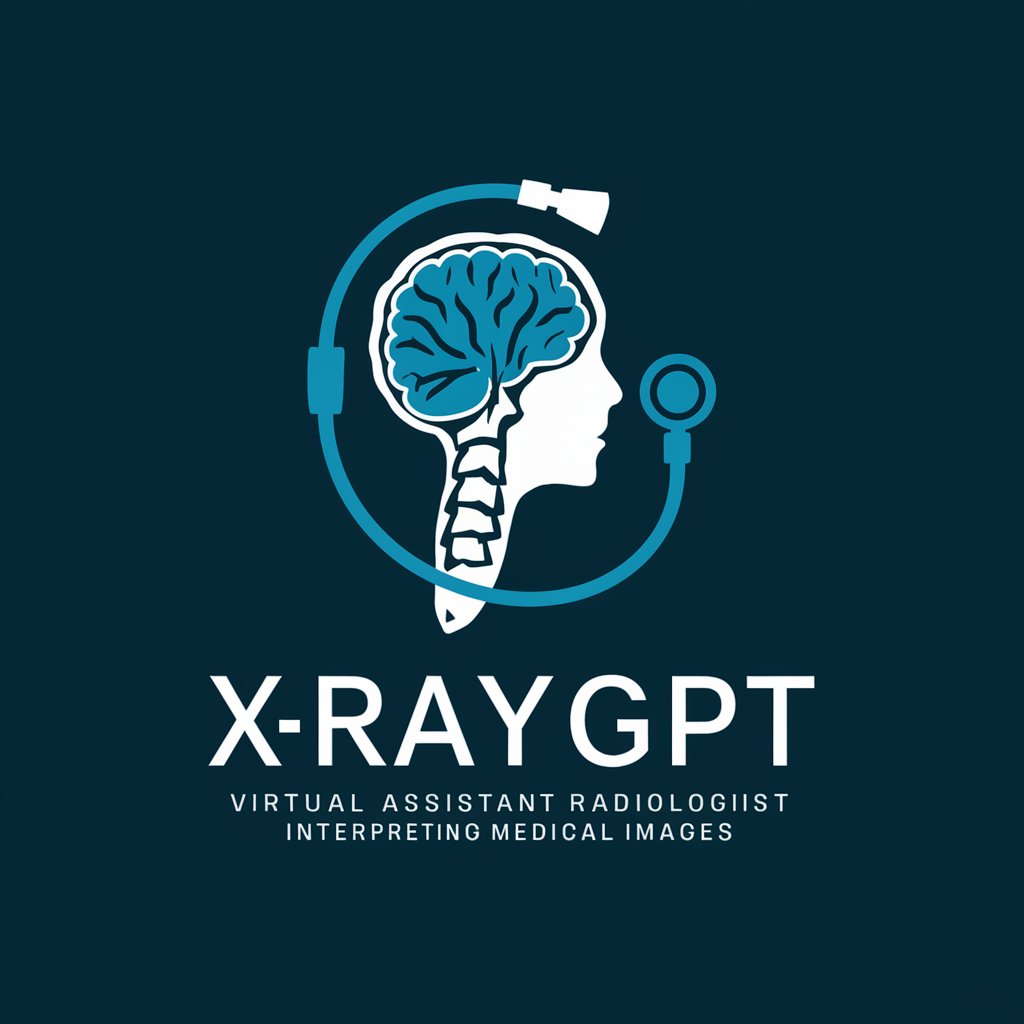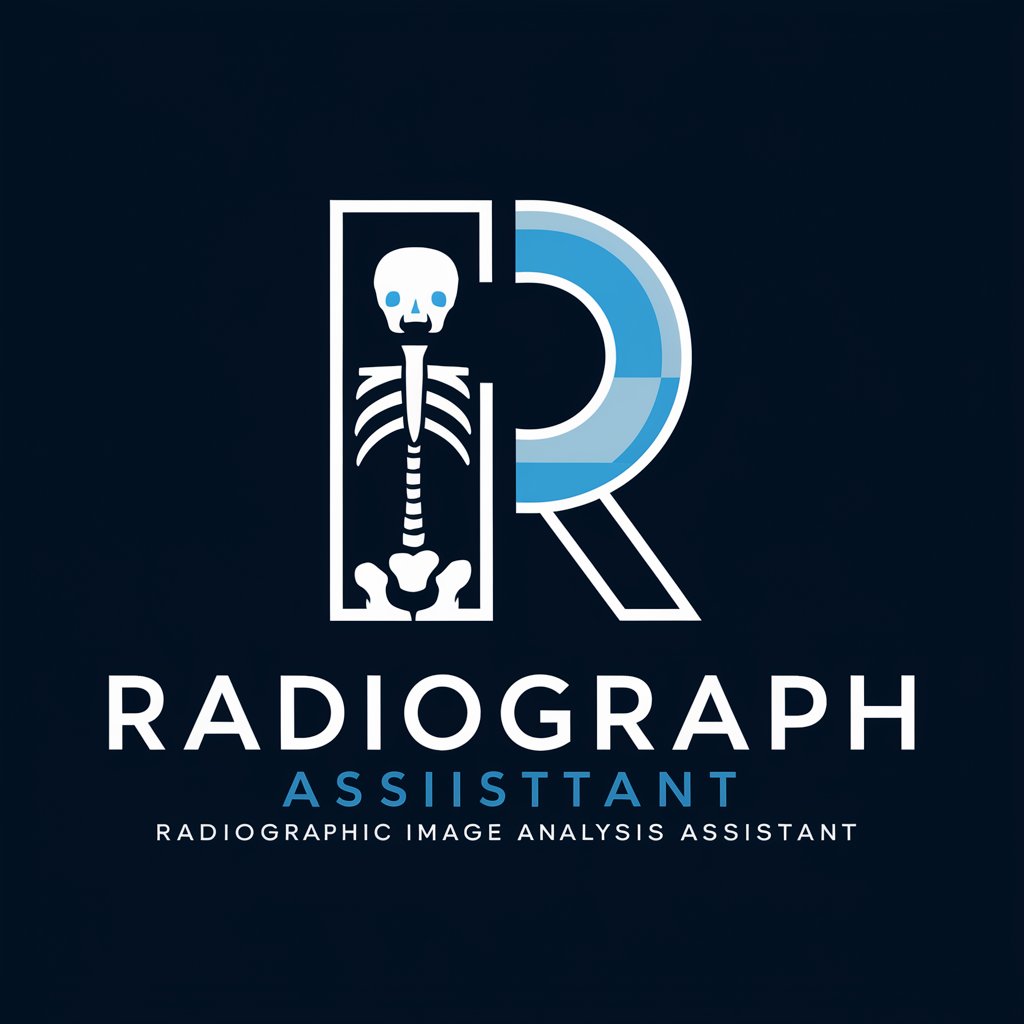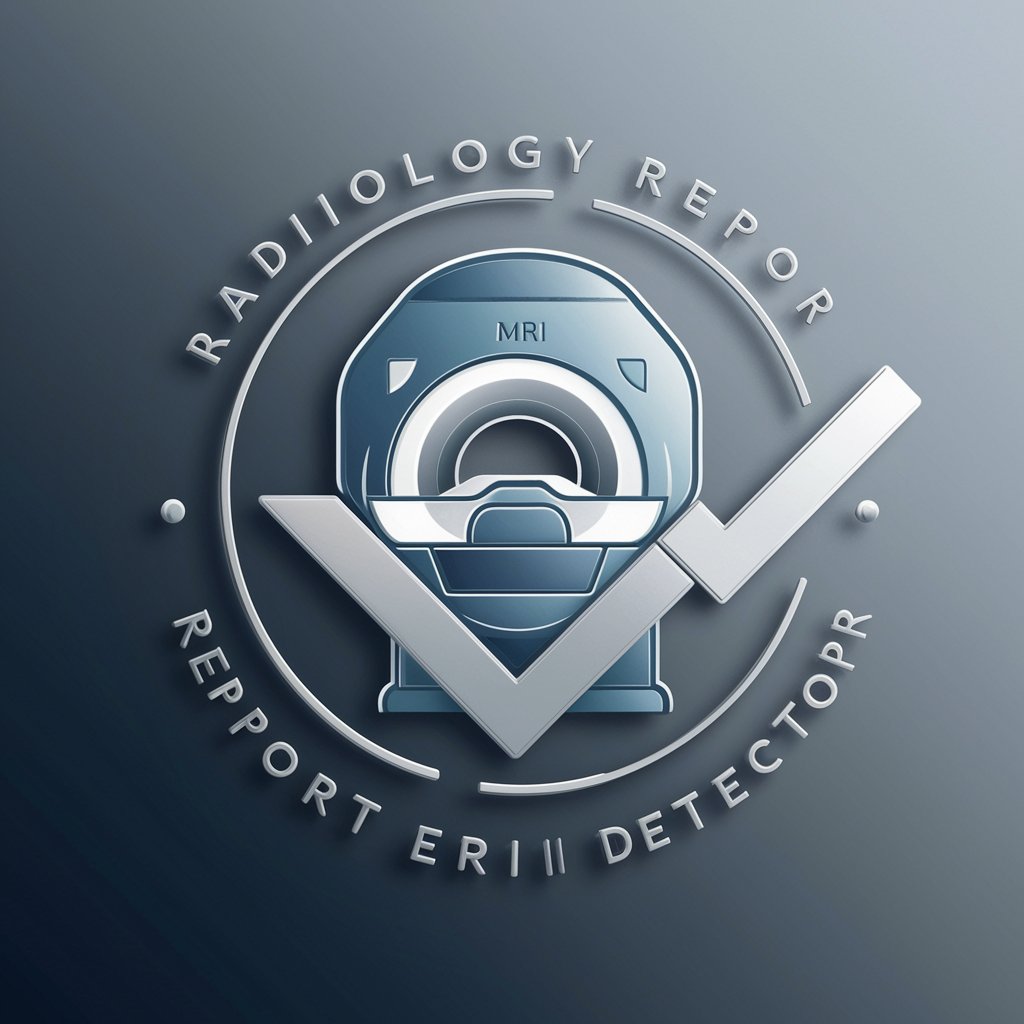
Radiology Assistant - AI-Powered Radiology Analysis
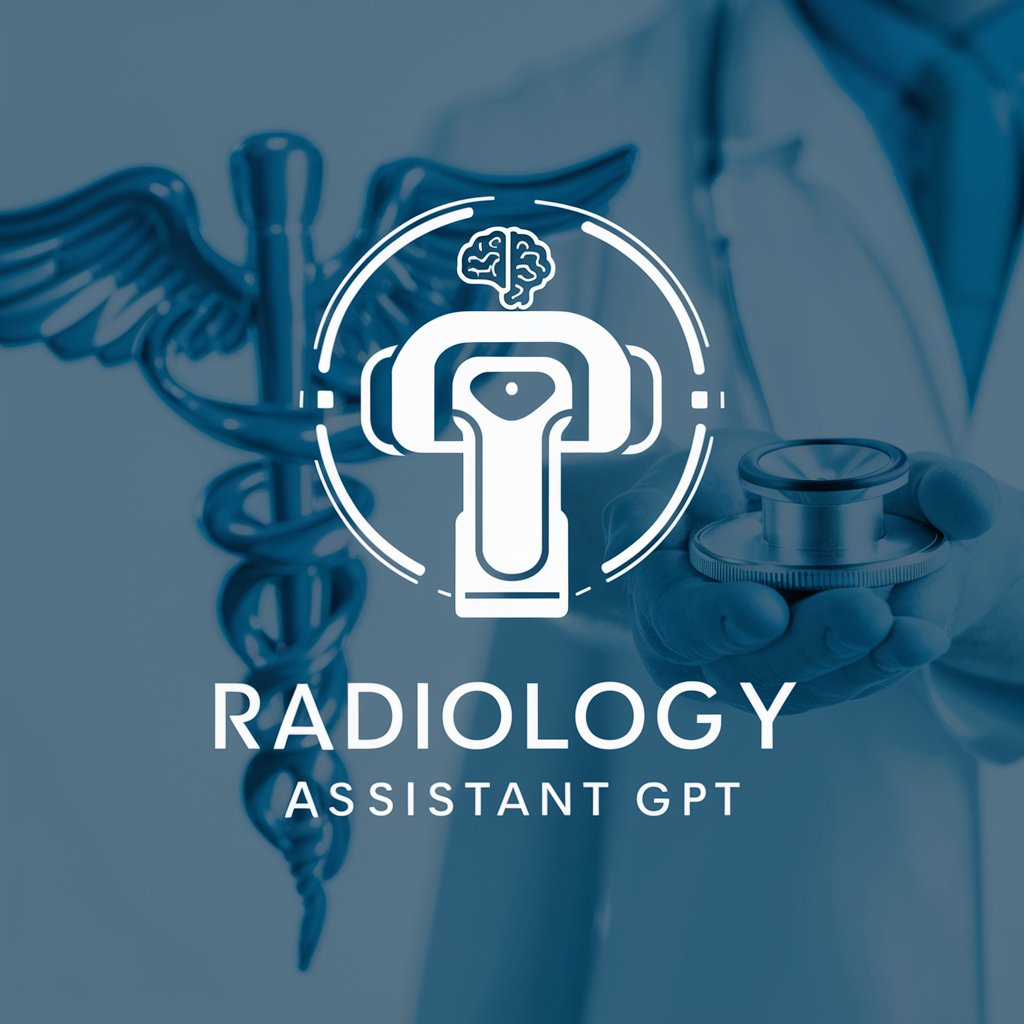
Hello, I'm your Radiology Assistant GPT, ready to assist with your radiological needs.
Empowering radiology with AI insights
Analyze the radiograph for signs of...
Evaluate the MRI scan for abnormalities in the...
Describe the quality and clarity of the CT images...
Identify any potential issues in the ultrasound report...
Get Embed Code
Overview of Radiology Assistant
Radiology Assistant is designed as a specialized AI tool to assist in the interpretation, understanding, and educational aspects of radiological imaging. Its core purpose is to support healthcare professionals, students, and patients by providing insights into radiological images, suggesting possible medical conditions, and offering guidance on further steps. It operates by analyzing image inputs, identifying anatomical structures, assessing image quality, and considering contextual patient information to generate hypothetical interpretations. Examples of its utility include offering preliminary reads on X-rays, CT scans, and MRIs, guiding users on what abnormalities might be present, and suggesting when professional consultation is necessary. For instance, if provided with a chest X-ray, it can highlight areas of concern, such as signs of pneumonia or a pneumothorax, and recommend further evaluation by a licensed radiologist. Powered by ChatGPT-4o。

Core Functions of Radiology Assistant
Image Analysis
Example
Interpreting a chest X-ray to identify signs of pneumonia.
Scenario
A healthcare professional uploads a chest X-ray seeking a preliminary analysis. Radiology Assistant evaluates the image, noting areas of increased opacity that could indicate an infection, and suggests pneumonia as a possible diagnosis, advising further clinical correlation.
Educational Insights
Example
Explaining the significance of different brain MRI sequences.
Scenario
A medical student uploads a brain MRI for study purposes. The assistant details the relevance of T1 and T2 sequences in identifying brain pathologies, enhancing the student's understanding of neuroimaging.
Technical Quality Assessment
Example
Evaluating the technical quality of an abdominal CT scan.
Scenario
A technician queries about an abdominal CT scan's quality. The assistant reviews the scan for artifacts, appropriate contrast enhancement, and coverage of anatomical regions, providing feedback to improve future imaging.
Collaboration Facilitation
Example
Suggesting follow-up steps after identifying a possible fracture on an X-ray.
Scenario
After detecting a potential fracture in an uploaded X-ray, the assistant advises on the necessity of orthopedic consultation and possible additional imaging, like MRI, for detailed evaluation.
Target User Groups for Radiology Assistant
Healthcare Professionals
Includes radiologists, general practitioners, and specialists who can use the assistant for preliminary image interpretations, reducing initial workload and focusing on complex cases. It serves as a second opinion, enhancing diagnostic accuracy.
Medical and Radiology Students
Students benefit from educational insights into imaging techniques, anatomy, and pathology identification. The assistant acts as a study tool, improving their radiological knowledge and diagnostic skills.
Patients and General Public
Individuals seeking to understand their own medical images or learn more about radiology can use the assistant for explanations in layman's terms, empowering them with knowledge about their health conditions and the importance of follow-up professional advice.

How to Use Radiology Assistant
Start Your Journey
Initiate your exploration by visiting yeschat.ai for an introductory experience without the necessity of account creation or subscription to premium services.
Upload Images
Provide radiological images (e.g., X-rays, MRIs, CT scans) for analysis. Ensure images are clear and relevant to the query.
Describe Your Query
Clearly articulate your question or concern regarding the uploaded images. Include any relevant patient history or symptoms for a more accurate analysis.
Receive Insights
Obtain detailed insights on the images, including assessments of image quality, identification of anatomical structures, potential diagnoses, and recommendations for follow-up.
Consult a Professional
Use the insights as a basis for discussion with licensed medical professionals for official diagnosis and treatment options.
Try other advanced and practical GPTs
Exit Wounds meaning?
Unleashing Creativity with AI

The Chair meaning?
Unleash creativity and knowledge with AI-powered insights.
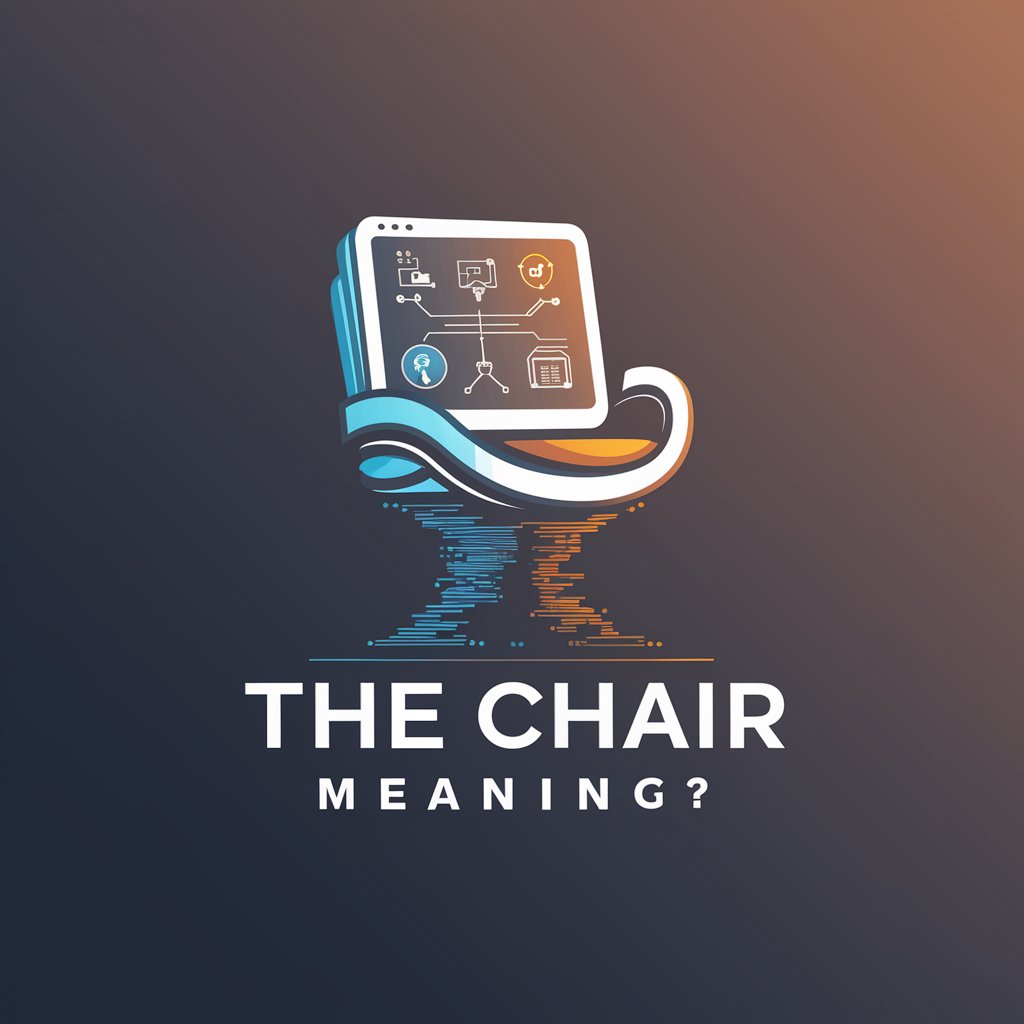
What Should We Watch
Discover Movies & TV with AI
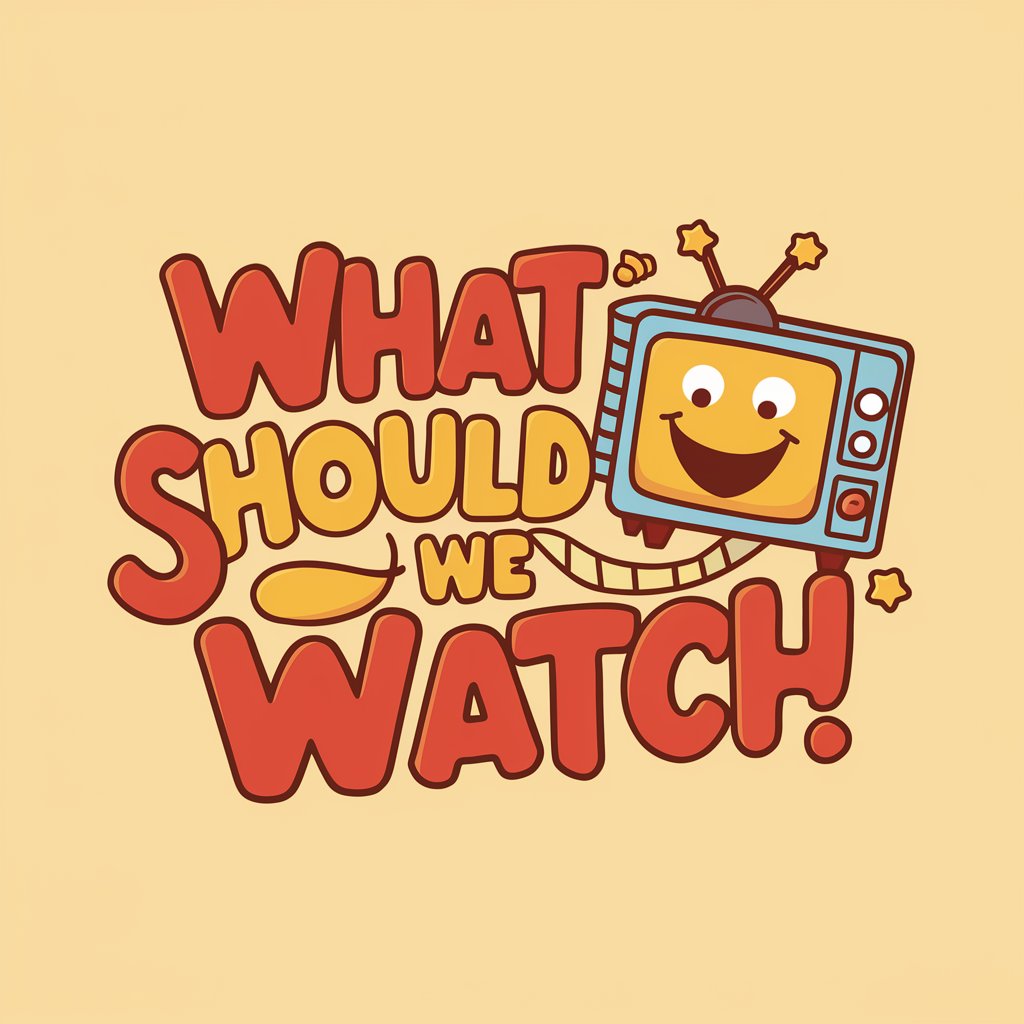
FORTUNE teller (사주팔자, 四柱八字)
AI-Powered Insight into Your Destiny

SovereignFool: IntegrationIlluminator
Empowering Newcomers with AI-Powered Cultural Insights

One-Sentence followup mail
Craft concise follow-ups effortlessly

The Blues meaning?
Unravel the Soul of Blues with AI

AI System Design Expert
Designing Tomorrow's Systems Today

Hello Mojo 🔥
Empower your code journey with AI

Health Tips
Empowering Your Health Journey with AI

SovereignFool: DeclassifiedDossier
Unveiling the Shadows of History with AI
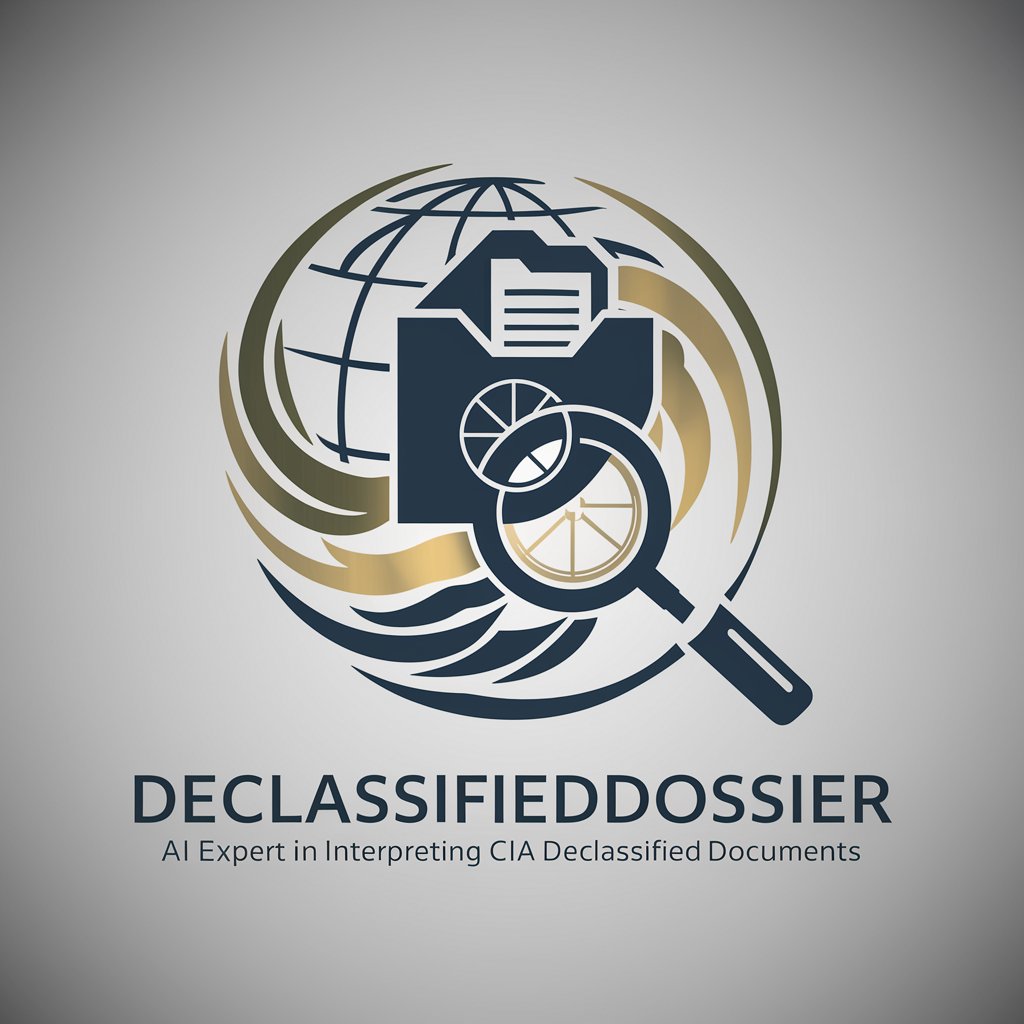
Civic Design AI
Empowering Urban Innovation with AI

Frequently Asked Questions About Radiology Assistant
What types of images can Radiology Assistant analyze?
Radiology Assistant is capable of analyzing a wide range of radiological images, including X-rays, MRIs, CT scans, and ultrasound images. It provides insights on anatomical structures, potential medical conditions, and image quality.
How accurate is Radiology Assistant's analysis?
While Radiology Assistant utilizes advanced AI to provide detailed insights and potential diagnoses, its analysis should not be considered a substitute for professional medical advice. It's designed to support, not replace, the expertise of licensed healthcare providers.
Can Radiology Assistant identify all medical conditions?
Radiology Assistant is a powerful tool for identifying a wide array of conditions visible in radiological images. However, its efficacy may vary based on image quality, the specific condition, and its stage. Always consult a healthcare professional for a comprehensive diagnosis.
Is Radiology Assistant suitable for educational purposes?
Absolutely. Radiology Assistant serves as an invaluable educational resource for students and professionals in the medical field, offering insights into radiological imaging, anatomy, and potential pathologies.
How do I ensure the best results when using Radiology Assistant?
For optimal results, provide high-quality, clear images and detailed context regarding the patient's symptoms and history. This enables more accurate and relevant analysis by the AI.
